|
9/29/2016 Curly Hair Growth ChartAre you frustrated about how slow your hair is growing, or want it to grow faster? Check out this handy little hair growth infographic to help you figure out what's normal as well as tips for helping your hair grow.
A new California law will allow salon customers to indulge in a glass of wine while they're at it, as of Jan. 1st. Californians will soon be able to (legally) drink at a salon or barbershop
The practice of offering salon and barbershop customers a complimentary glass of wine or beer has long been an under-the-table deal, but is now legal thanks to a new California law signed by Gov. Jerry Brown on Wednesday. As of Jan. 1, customers will be allowed to legally indulge in a complimentary 12 ounces of beer or 6 ounces of wine during a visit, and before 10 p.m., according to a report by the Los Angeles Times. AB1322, known as the "Drybar bill," will allow salons to circumvent the requirement for businesses that serve alcohol to hold a liquor license. Currently, the only unlicensed places that are allowed to serve alcohol are (oddly) on hot-air balloons or during limousine rides, as long as they are offered without charge, Allure reported in early September. Not everyone is on board with the imbibing, however, with groups such as the California Alcohol Policy Alliance issuing statements encouraging Brown not to approve the bill with the catchy phrase, "Alcohol belongs in saloons, not salons!" And yet, the bill managed to pass the state Senate — the bill also passed unanimously in the Assembly — before being approved by Brown. The bill was backed by salon chain Drybar (of course) and state assemblyman Tom Daly (D-Anaheim), who introduced the bill, acknowledging that some of the state's salons and barbershops were already offering customers something alcoholic to drink. The issue is "one of those areas of law which needs to be updated to reflect modern realities," said Daly's spokesman, David Miller, to the LA Times last year. As Eater.com points out, however, serving alcohol will most likely do little to add to a salon's bottom line, especially since it is outlined in the law itself that the booze must be complimentary 9/26/2016 Natural Remedies for DandruffNatural Remedies for DandruffBy Cathy Wong, ND
What is Dandruff? Dandruff is a common scalp condition marked by white flakes on the scalp and itching. A possible cause is a yeast-like fungus called malassezia, also known as pityrosporum. Malassezia is normally found on the scalp without causing problems, however, if it grows unchecked (possibly due to hormone imbalances, stress, immune suppression, infrequent shampooing, illness, or increased oil production), there is mild inflammation that produces dead skin cells. The dead cells mix with oil and clump together, making them appear white and flaky. 1) Tea Tree Oil Tea tree oil is an essential oil that comes from the leaves of Melaleuca alternifolia, a plant native to Australia. It has been used for centuries as an antiseptic and anti-fungal agent. There are many tea tree oil shampoos available in health food stores and some drug stores, and many people report these products help with dandruff. There has been little research on the use of tea tree oil for dandruff. One study involved 126 people with mild to moderate dandruff. They used either a five percent tea tree oil shampoo or a placebo daily for four weeks. At the end of the study, the tea tree oil shampoo significantly reduced dandruff. No adverse effects were reported. Although promising, this was not a double-blind study (which means that the researchers knew which participants were using tea tree oil and which were using the placebo), so it cannot be considered solid evidence that tea tree oil works. For more information about tea tree oil, read Tea Tree Oil: What You Need to Know. 2) Apple Cider Vinegar A home remedy for dandruff is to mix 1/4 cup apple cider vinegar with 1/4 cup water. Pour this mixture into a spray bottle and spritz it on to your hair and scalp, being careful to avoid the eye and ear area. Wrap your head in a towel. After 15 minutes to an hour, remove the towel and wash your hair. This is generally done once to twice a week. ReadApple Cider Vinegar: What You Need to Know. 3) Biotin Biotin is a water-soluble B vitamin that helps to break down fats, carbohydrates, and proteins. It is sold in supplement form and is also found naturally in foods. Food sources of biotin are egg yolk, liver, milk, soy, barley, brewer's yeast, and royal jelly. Biotin is also produced naturally by bacteria in the intestines. Eating raw egg whites and prolonged use of antibiotics are thought to be causes of biotin deficiency. Read Biotin: What You Need to Know and Biotin for Hair. Using Natural Remedies for Dandruff Due to a lack of supporting research, it's too soon to recommend any remedy in the treatment of dandruff. Supplements haven't been tested for safety and due to the fact that dietary supplements are largely unregulated, the content of some products may differ from what is specified on the product label. Also keep in mind that the safety of supplements in pregnant women, nursing mothers, children, and those with medical conditions or who are taking medications has not been established. You can get tips on using supplements here, but if you're considering the use of alternative medicine, talk with your primary care provider first. Self-treating a condition and avoiding or delaying standard care may have serious consequences. Sources Satchell AC, Saurajen A, Bell C, Barnetson RS. Treatment of dandruff with 5% tea tree oil shampoo. J Am Acad Dermatol. 47.6 (2002): 852-855. Disclaimer: The information contained on this site is intended for educational purposes only and is not a substitute for advice, diagnosis or treatment by a licensed physician. It is not meant to cover all possible precautions, drug interactions, circumstances or adverse effects. You should seek prompt medical care for any health issues and consult your doctor before using alternative medicine or making a change to your regimen. 9/26/2016 The Basics of Straight Hair CareUnlike their curly cousins, those with straight hair generally fall into two categories: naturally straight and chemically straightened. While we will touch on different straight hair textures, the care advice in this article is meant for those with naturally straight hair. Chemical straighteners require their own unique aftercare and that largely depends on the professional straightening product used at the time of service. In any case, despite popular belief, those with naturally straight hair are not immune to styling snafus and hair health challenges. Here, we will cover the basics of straight hair care for optimal hair health (which translates into better-looking styles).
Before The Shower Straight hair tends to be particularly susceptible to split ends (which is not the same as breakage, but more on that, later) so it should be handled with care. In general, for most hair types and textures, it’s not necessary to wash your hair daily, and in fact, skipping a day or two (depending on how much oil your scalp produces) is better for your overall hair health. If you have fine-to-normal straight hair, try stretching out your shampoos to 2x per week, with frequent brushing. If you are a heavy product user, however, you may want to up that number to 3x a week. For coarser hair, which traps more dirt and grime, you will want to suds up every other day. Before lathering up, run a boar bristle brush through to work out any tangles, snarls or knots. The brush will also distribute natural oils from the scalp through the length of the hair, which will help combat over-drying from shampoos or steam. In The Shower It’s not just what you use, but how you shampoo can also affect your hair health. With straight hair, it is best to start at the top and gently work your way down. This means you must resist the urge to pile it all on top of your head and get to scrubbing. Hear us out: making a big sudsy pile of hair will encourage tangles and snarls. It’s also harder to ensure that your hair will actually get clean. Think of it this way, if you were to just throw all of your dirty dishes in a pile at the bottom of your dishwasher, they probably wouldn’t come out as spotless as if you had lined them up neatly on the rack. It’s the same with your hair. The “pile up” method also encourages scalp scrubbing, which is not going to do you any favors. The more aggressively you stimulate your scalp, the more oil it will produce, which means the more often you will want to shower, which leads to more scalp scrubbing, which leads to more oil. And here we are back again. It’s best to take the advice from the back of your shampoo bottle and “massage gently.” When it comes to conditioner, this is where we break into groups. Fine-haired folk should apply their conditioner from mid-length to ends and comb through with a wide-tooth comb. Let the conditioner sit for about a minute or so, then rinse very, very thoroughly. Conditioner, along with its highly beneficial moisturizing qualities, also has a tendency to weigh hair down. For coarser hair, use the same application technique, but let the conditioner sit a bit longer. Two to five minutes should suffice. After The Shower You’ll want to blot straight hair very gently with a soft, fluffy towel. Apply a leave-in conditioner from mid-length to ends and comb through to remove any tangles. A fun little styling tip for straight-haired ladies (or men, honestly, it’s becoming a trend in our current man bun era) braids are a great way to combat tangles. Tossing your locks into a simple braid after the shower will protect from snarls and create a lovely loose wave pattern as the hair dries. Just be careful not to tug or pull hair while styling wet, as this could cause additional damage. If you opt for the “hair down” look, be sure to keep a soft hairbrush on you. You’ll want to brush your hair whenever it’s tangled and before you go to sleep. Please don’t just rake your fingers through to get them out. This causes more damage which can lead to more tangles. Brushing any more than that may actually cause more damage, but a little brushing here and there will help keep hair moisturized and snarl-free. Split-Ends Straight hair tends to be particularly prone to split ends, however, a lot of people are confused by what a split end actually is. If you see a lot of tiny hairs sticking out all over your head, those are not split ends, that is breakage. Breakage occurs from hair being handled too roughly and/or being too dry. If you frequently put your hair into a ponytail while wet, opt for a hairbrush over a comb post-shower, or tend to twist your hair around your fingers throughout the day, you are asking for breakage. Split ends, however, aren’t really preventable by altering your behavior. It’s natural. Splits happen. Let’s get a quick and dirty on how to spot a split end:
This is a fantastic segway into just how often you should be trimming your hair to keep it at optimum health. Since fine, straight hair is a little more fragile and therefore more prone to splits, you should go in for a trim every 4-6 weeks. If coarse hair has been treated well, it could go a little longer between trims. 6-8 weeks is perfectly acceptable. If you are extra, extra careful with your hair, you may even be able to go a tad bit longer, just make sure to do frequent checks for split ends. Once a split starts, it cannot be stopped. Left unchecked, a split “end” will actually travel up the entire length of the hair and at that point, it’s really unfixable. 9/25/2016 4 Natural Solutions for a Dry Scalp4 Natural Solutions for a Dry ScalpBy Cathy Wong, ND - Reviewed by a board-certified physician.
Natural remedies are often used in the treatment of dry scalp, a very common skin problem. In some cases, dry scalp may be triggered by environmental issues (such as dry outdoor or indoor air), while in other cases dry scalp is associated with conditions like dandruff, eczema, and psoriasis. Here's a look at several types of natural remedies said to be helpful: 1) Hair Oils Applying hair oils may help treat dry scalp by restoring moisture to your skin. These remedies include:One of the lesser-known oils said to act as a dry scalp remedy, Brahmi oil has long been used to enhance skin health in ayurvedic medicine. This oil contains extracts of the herbs Bacopa monnieri and Gotu kola, usually combined with sesame oil or coconut oil. 2) Tea Tree Oil Although research on the use of any type of natural remedy in the treatment of dry scalp is lacking, there's some evidence that tea tree oil may be beneficial in treating dandruff. A type of essential oil long used in aromatherapy, tea tree oil sometimes appears as an ingredient shampoos, conditioners, and scalp moisturizing products. While few studies have tested tea tree oil's effectiveness against dandruff, a report published in the Journal of the American Academy of Dermatology in 2002 indicates that shampoo enriched with tea tree oil may help people with mild to moderate dandruff. For the study, 126 people (ages 14 and older) used either a 5% tea tree oil shampoo or a placebo shampoo every day for four weeks. At the study's end, those given the tea tree oil shampoo showed a 41 percent improvement in scalp scaliness, itchiness, and greasiness. Those given the placebo shampoo, on the other hand, showed only an 11 percent improvement in such symptoms. 3) Omega-3 Fatty Acids Some practitioners of alternative medicine suggest that increasing your intake of omega-3 fatty acids can treat dry scalp by improving your overall skin health. Available in dietary supplement form (including cod liver oil and krill oil supplements), omega-3 fatty acids are also found naturally in foods like flaxseeds and in oily fish like salmon, sardines, tuna, mackerel, and herring. 4) Apple Cider Vinegar Apple cider vinegar is touted as a natural remedy for dry scalp associated with dandruff. Proponents suggest that apple cider vinegar can restore the pH balance of the scalp and, in turn, inhibit the overgrowth of Malassezia furfur (a yeast-like fungus thought to contribute to dandruff development). A typical treatment for dry scalp involves mixing 1/4 cup apple cider vinegar with 1/4 cup water. Once poured into a spray bottle and then spritzed onto the hair and scalp, the mixture is left on for 15 minutes to an hour and then rinsed from the hair. Proponents of this approach generally recommend using the mixture about once or twice a week. Using Natural Remedies for a Dry Scalp While not all dry scalp remedies may benefit your skin, treating dry scalp with natural products is generally considered safe. Try testing out several dry scalp remedies to find the solution that's best for you. Although in many cases dry scalp is merely a cosmetic issue, it may sometimes result from conditions like psoriasis (a chronic health problem that can lead to severe itching and, in turn, increase your risk of bacterial skin infections brought on by frequent scratching). If your dry scalp persists or is accompanied by such symptoms as swollen joints, ridged nails, and silvery scales on your skin, make sure to consult a physician rather than self-treating with natural remedies. Self-treating and avoiding or delaying standard care can have serious consequences. Sources Piccardi N1, Manissier P. "Nutrition and nutritional supplementation: Impact on skin health and beauty." Dermatoendocrinol. 2009 Sep;1(5):271-4. Satchell AC1, Saurajen A, Bell C, Barnetson RS. "Treatment of dandruff with 5% tea tree oil shampoo." J Am Acad Dermatol. 2002 Dec;47(6):852-5. Disclaimer: The information contained on this site is intended for educational purposes only and is not a substitute for advice, diagnosis or treatment by a licensed physician. It is not meant to cover all possible precautions, drug interactions, circumstances or adverse effects. You should seek prompt medical care for any health issues and consult your doctor before using alternative medicine or making a change to your regimen. |
Hair by BrianMy name is Brian and I help people confidently take on the world. CategoriesAll Advice Announcement Awards Balayage Barbering Beach Waves Beauty News Book Now Brazilian Treatment Clients Cool Facts COVID 19 Health COVID 19 Update Curlies EGift Card Films Follically Challenged Gossip Grooming Hair Care Haircolor Haircut Hair Facts Hair History Hair Loss Hair Styling Hair Tips Hair Tools Health Health And Safety Healthy Hair Highlights Holidays Humor Mens Hair Men's Long Hair Newsletter Ombre Policies Procedures Press Release Previous Blog Privacy Policy Product Knowledge Product Reviews Promotions Read Your Labels Recommendations Reviews Scalp Health Science Services Smoothing Treatments Social Media Summer Hair Tips Textured Hair Thinning Hair Travel Tips Trending Wellness Womens Hair Archives
April 2025
|
|
Hey...
Your Mom Called! Book today! |
Sunday: 11am-5pm
Monday: 11am-6pm Tuesday: 10am - 6pm Wednesday: 10am - 6pm Thursday: By Appointment Friday: By Appointment Saturday: By Appointment |

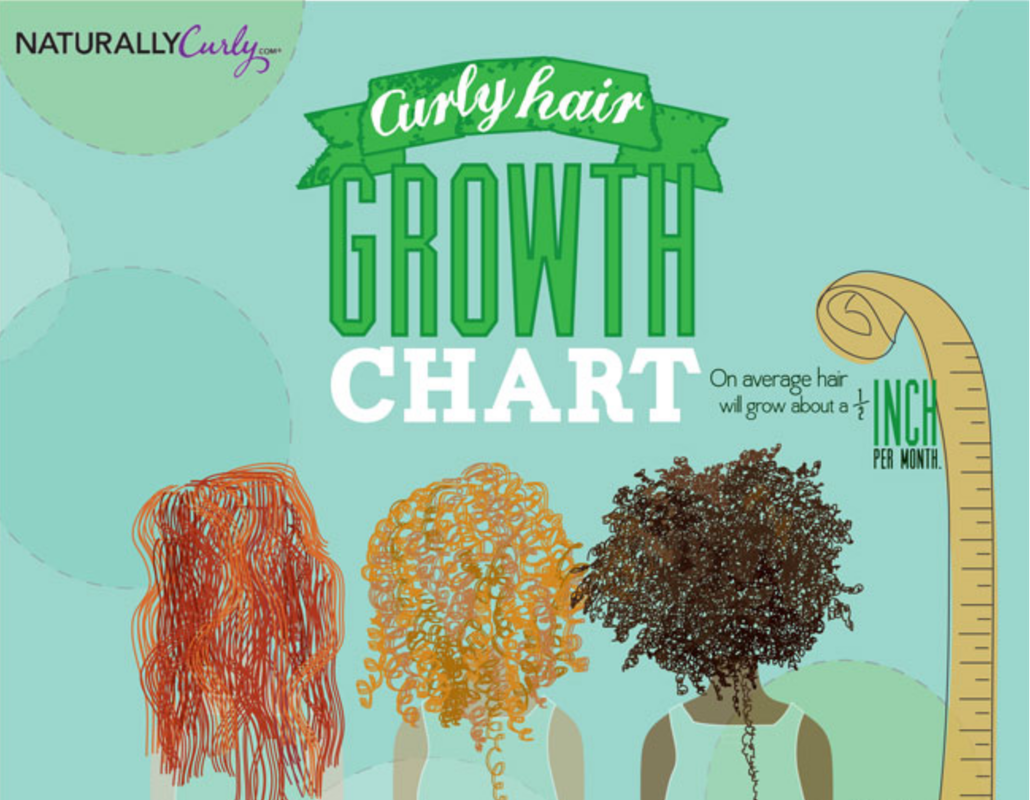
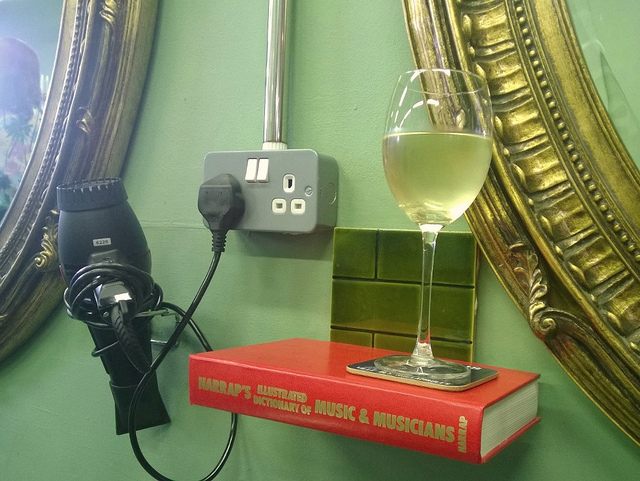
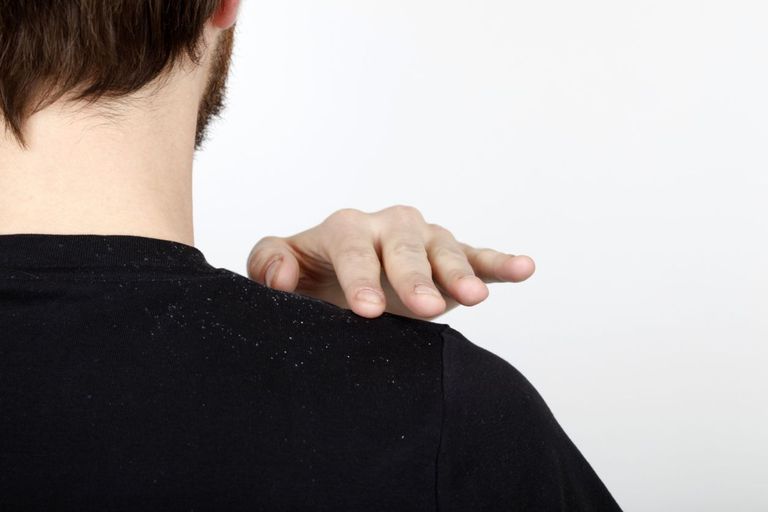
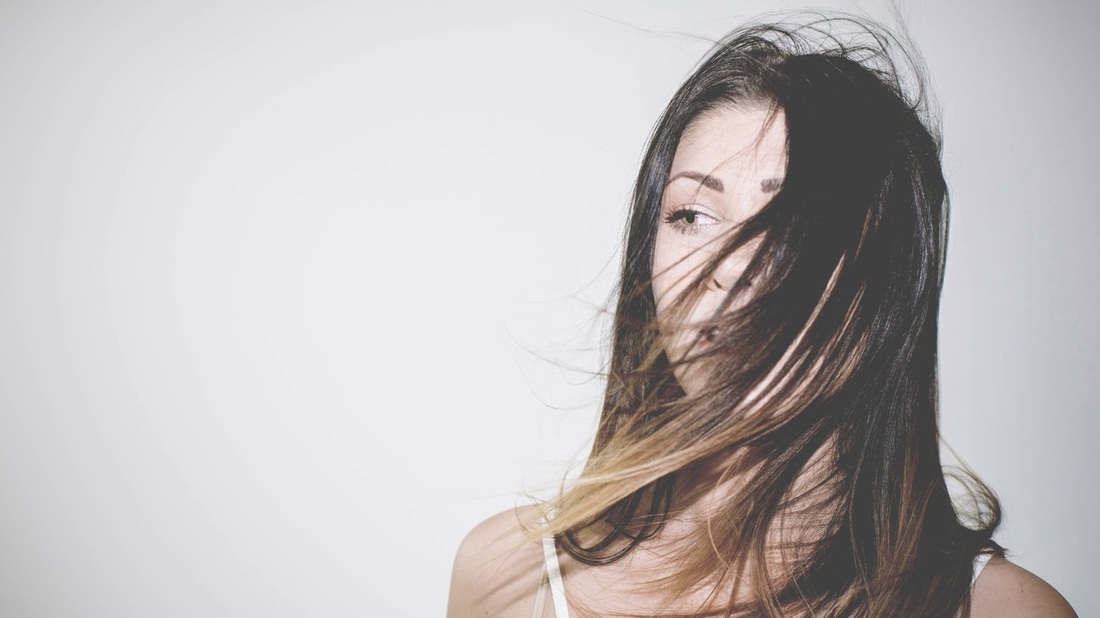
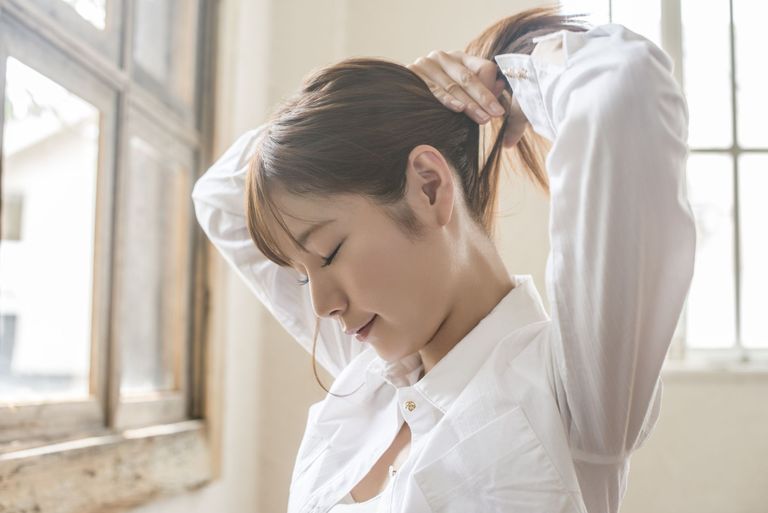
 RSS Feed
RSS Feed